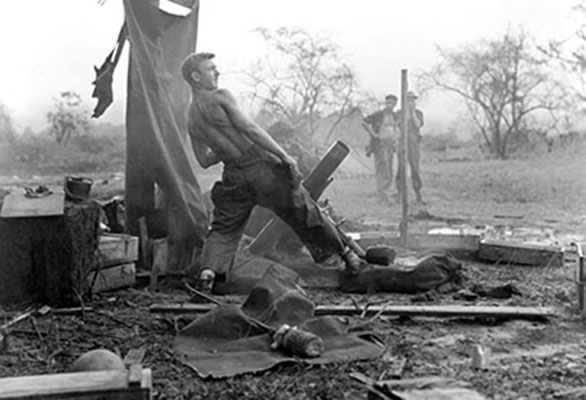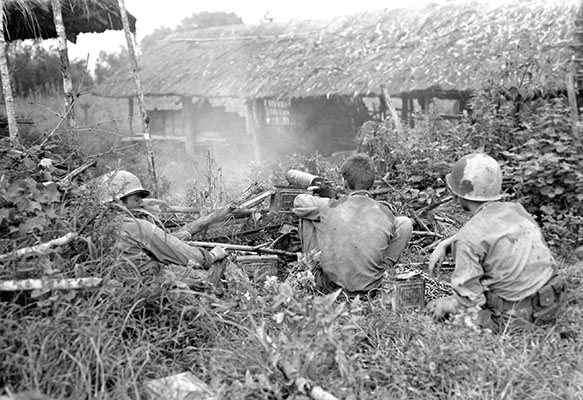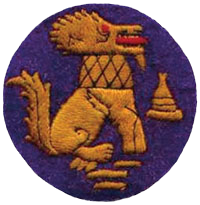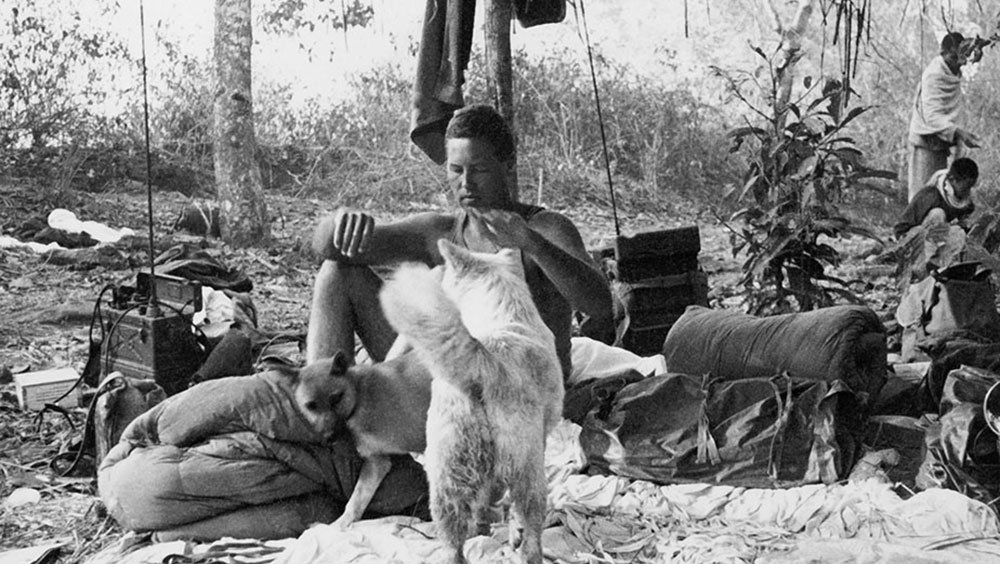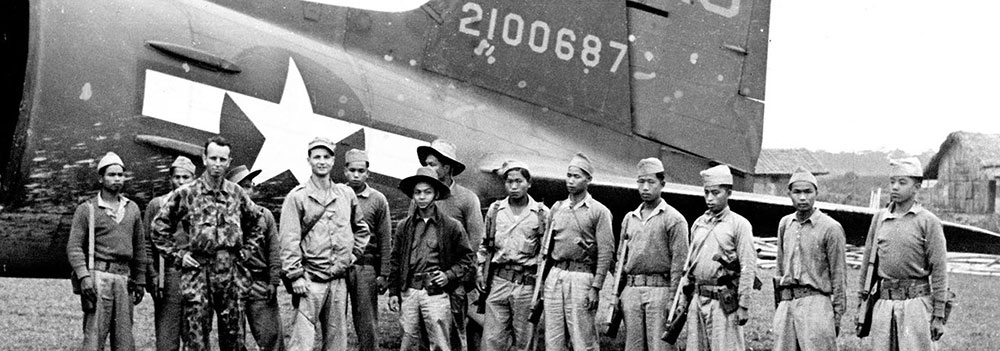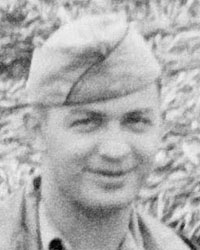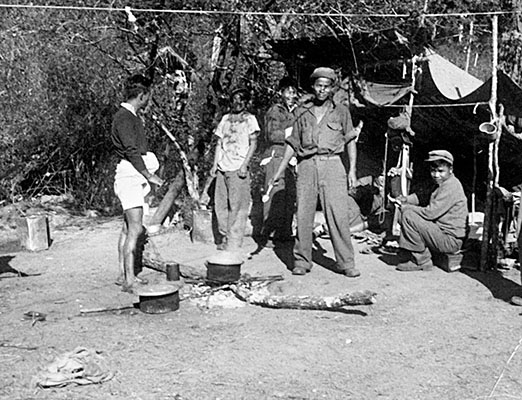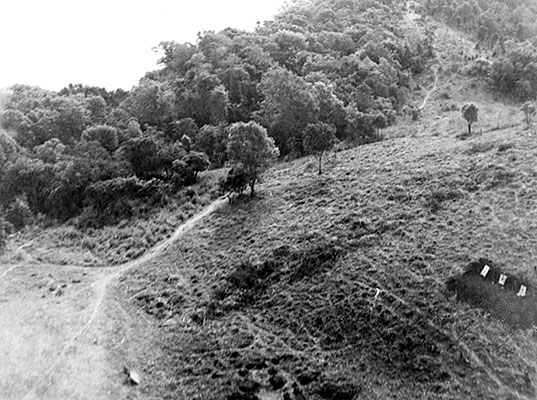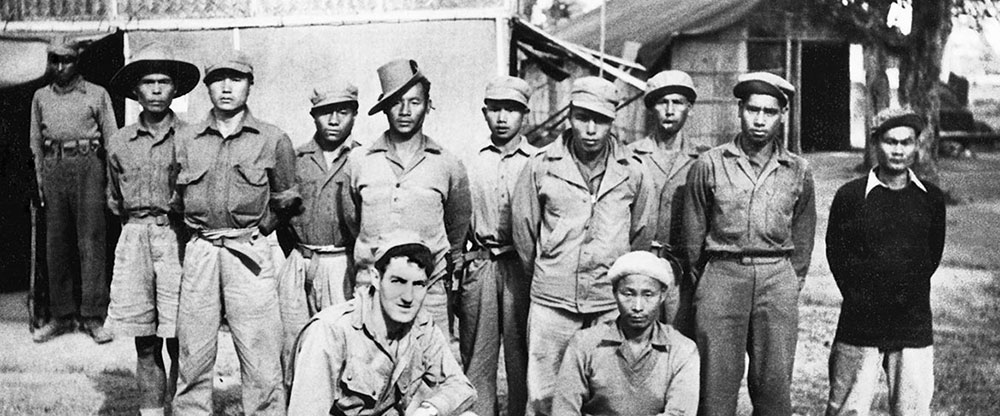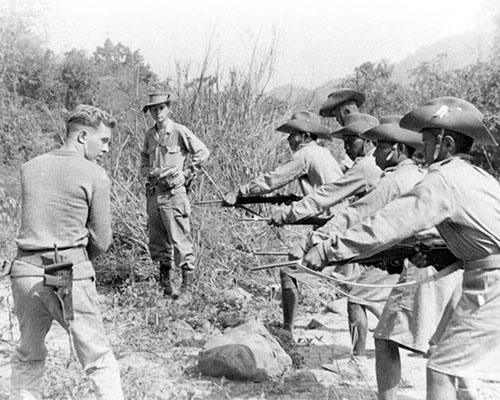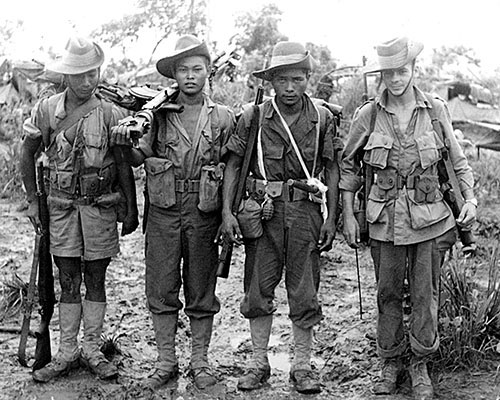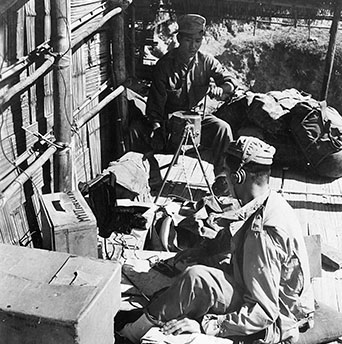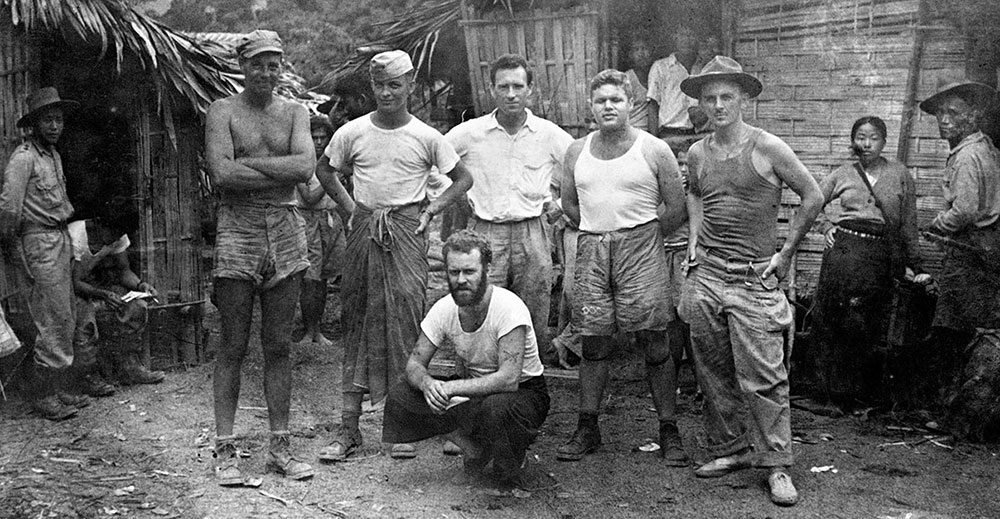SIDEBAR
DOWNLOAD
On 17 May 1944, a combined Allied force was poised to deliver Myitkyina, the prize of Lieutenant General (LTG) Joseph W. Stilwell’s brilliant three-month north Burma campaign. The night before, indigenous Kachin guerrillas of Detachment 101 of the Office of Strategic Services (OSS), had led Merrill’s Marauders [5307th Composite Unit (Provisional)] unseen to the edge of Myitkyina’s airfield. The next morning, Chinese troops and the Marauders surprised the Japanese and quickly captured the airfield. Then, the Chinese 150th Infantry Regiment was given the honor of seizing the city. It was considered an easy task based on the small number of defenders thought to be in Myitkyina.

This assignment would affect thousands of men on both sides for the next three months. On the afternoon of 17 May, the two separate attacking battalions of the 150th Infantry mistook one another for the enemy and inflicted heavy casualties on themselves. Worse yet, the Chinese repeated the same mistake the next day and virtually destroyed the regiment. These debacles gave the surprised Japanese time to reinforce the city. They flooded Myitkyina with troops garrisoned in nearby towns. General Stilwell’s quick victory vanished. With the conventional forces of the Northern Combat Area Command (NCAC) decisively engaged, Detachment 101 was called upon to expand its guerrilla warfare (GW) operations.
This article explains how Detachment 101’s GW campaign continuously attrited the Japanese forces in and around Myitkyina to cause its fall in August 1944.1 The views from three levels of command are provided; the NCAC theater overview, Detachment 101 headquarters, and the OSS field operators. Now, an overview of the theater activities will explain how NCAC’s conventional forces became decisively engaged.

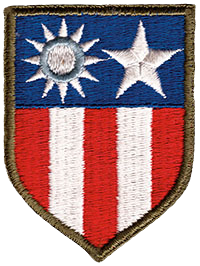
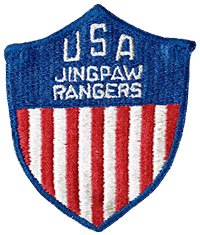
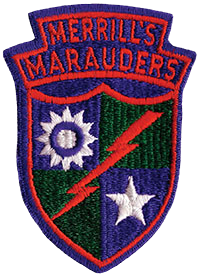
The Allied force had captured the Myitkyina airfield in the knick of time. But, the success before the monsoon proved illusionary. The 150th Chinese Infantry Regiment decimated themselves just after the Marauders expended their last bit of energy on the airfield. NCAC had no choice but to pause. It was unprepared to lay “siege” to the city. The monsoon rains arrived and drowned out hope by reducing the flow of badly-needed replacements and supplies. While Myitkyina could not be taken by force, the Japanese had to be attrited and their supply lines cut.
Myitkyina was key to keeping China in the war. China’s seaports were occupied and the Japanese controlled the overland route, the Burma Road. Only the United States Army Air Forces (USAAF) airlift of supplies from Assam, India to Kunming, China via the hazardous “Hump” route was keeping the Chinese in the war. Reopening an overland route was critical because the airbridge simply could not handle the demand. Capturing Myitkyina would open an alternate overland route, and its airfield would reduce the Japanese fighter threat on the Hump route. The rugged terrain around Myitkyina favored the defense and there were insufficient conventional troops available to isolate the city from Japanese support.

